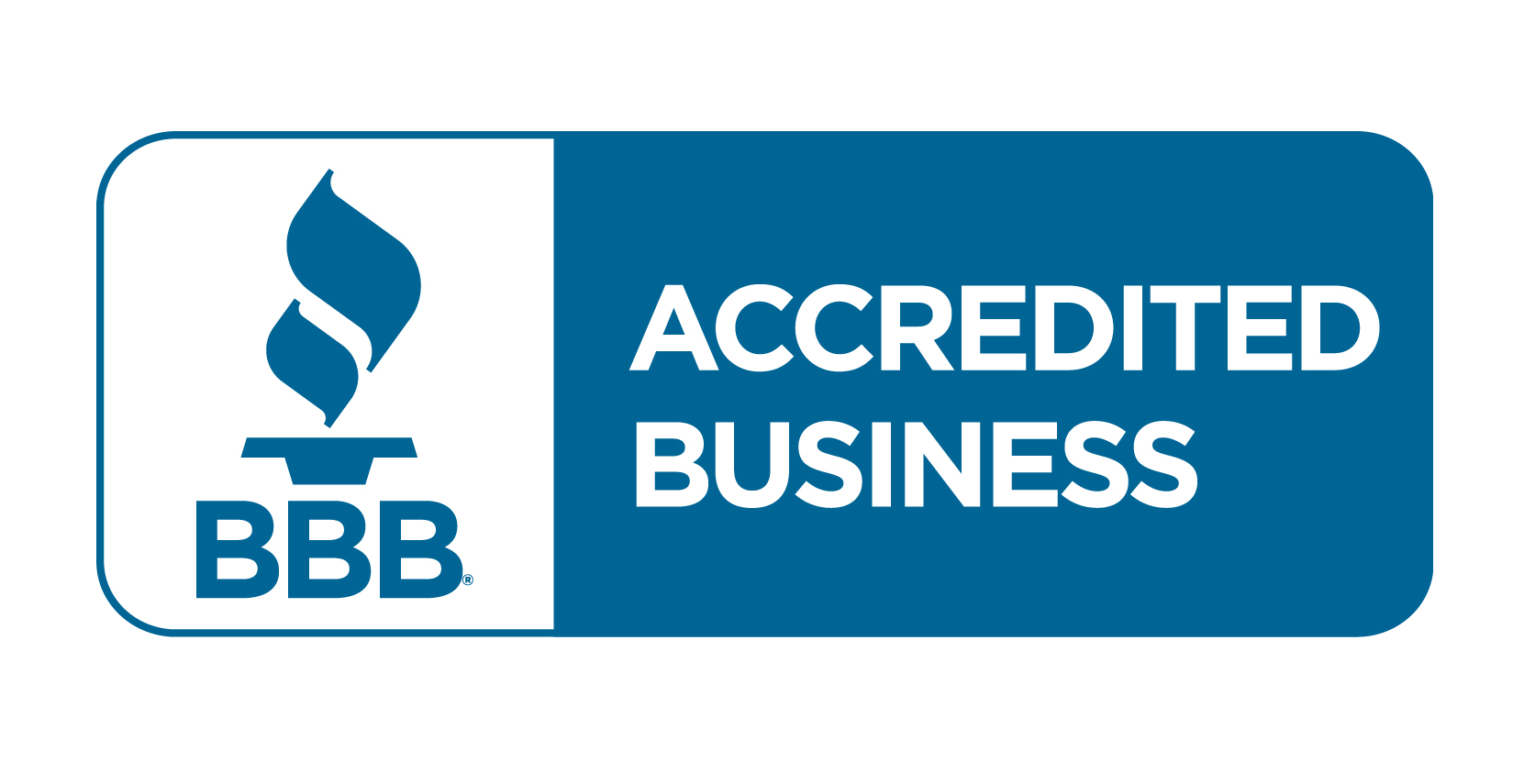How to Make a Great Website
In today’s digital age, having an excellent website is crucial for businesses, personal branding, and creative projects. A well-crafted website can draw visitors, increase engagement, and improve your online presence. Here’s a step-by-step guide to help you build a great website.
Define Your Purpose and Audience
Before you start designing your website, clarify its purpose. Is it an e-commerce store, a portfolio, a blog, or a business site? Understanding your target audience will also help shape the design, content, and functionality.
Choose the Right Platform
There are several platforms available for building a website. Some popular options include:
- WordPress: Highly customizable and ideal for blogs and businesses.
- Wix: A user-friendly drag-and-drop builder.
- Shopify: Best for e-commerce websites.
- Squarespace: Great for visually appealing designs.
Design for User Experience (UX)
A great website is visually appealing and easy to navigate. Keep these UX principles in mind:
- Use a clean and responsive design that works on all devices
- Choose legible fonts and a consistent color scheme
- Keep navigation simple and intuitive
- Use high-quality images and engaging visuals
- Ensure fast loading times (Google recommends under 3 seconds)
A well-structured website improves the UX and SEO rankings. Organize your content with a clear sitemap, including:
- Homepage – The first impression of your site
- About Page – Tells your story and builds credibility
- Services/Products – Showcases what you offer
- Blog (if applicable) – Helps with engagement and SEO
- Contact Page – Makes it easy for visitors to reach you
Optimize for SEO
Search Engine Optimization (SEO) helps your website rank higher on Google. Here are some basics:
- Use relevant keywords in headings, URLs, and content
- Optimize meta titles and descriptions
- Ensure mobile-friendliness (Google prioritizes mobile-first indexing)
- Use internal linking to connect pages
- Create high-quality, valuable content regularly
Ensure Security and Performance
A slow or insecure website can drive visitors away. Improve security and performance with:
- SSL Certificate (HTTPS for secure browsing)
- Regular updates (themes, plugins, software)
- Backup solutions (to prevent data loss)
- Image and code optimization (to improve speed)
Test Before Launching
Before going live, test your website multiple times for:
- Broken links and navigation issues
- Browser compatibility (Chrome, Firefox, Safari, Edge)
- Mobile responsiveness
- Loading speed (Use tools like Google PageSpeed Insights)
Launch and Promote Your Website
Once everything is ready, launch your site and start promoting it. Use:
- Social media marketing to drive traffic
- Email campaigns to engage your audience
- SEO strategies to improve search rankings
- Paid advertising (Google Ads, Facebook Ads) for targeted reach
Monitor and Improve
A website is never truly finished. Analytics tools like Google Analytics track user behavior and allow for improvements over time. They can also update content, fix issues, and optimize based on performance data. Creating an excellent website requires planning, creativity, and ongoing maintenance. By emphasizing user experience, SEO, and performance, you can build a website that looks great and achieves your goals. Whether you’re a beginner or an experienced web designer, following these steps will help you create a site that stands out in the digital landscape space. Need help creating a great website? Contact YCS Marketing®
Visit us at: ycsmarketing.com



